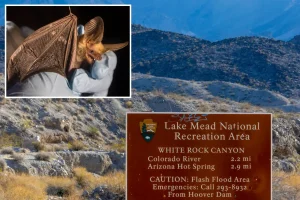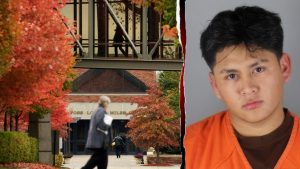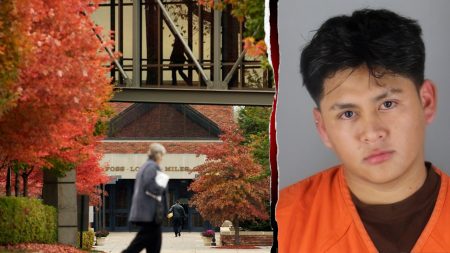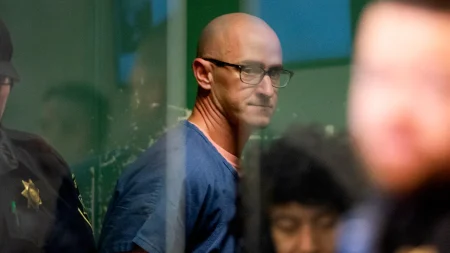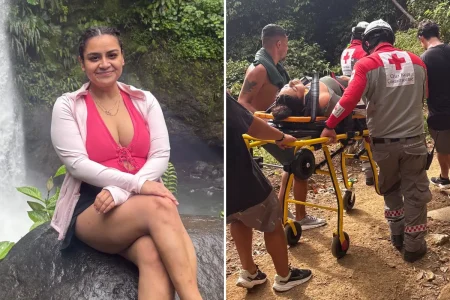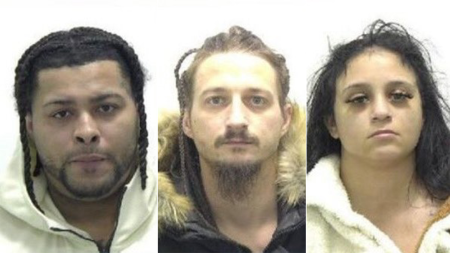Security Flaws Revealed in Charlie Kirk Assassination: Lessons from a Preventable Tragedy
In a heart-wrenching revelation two months after Turning Point USA founder Charlie Kirk’s assassination at Utah Valley University, his security director has come forward with sobering insights about preventable security failures. Brian Harpole, an experienced law enforcement veteran who founded Integrity Security Solutions, recently shared on “The Shawn Ryan Show” how his team repeatedly flagged concerns about rooftop vulnerabilities, drone restrictions, and staffing inadequacies in the days before the September 10 event. Despite clear warnings and specific requests, Harpole recounts being assured by campus police that “the roof was covered,” only to discover the tragic reality that no one was stationed there when it mattered most. “We can’t break the law to do what needs to be done, so we relied on the police and no one was up there,” Harpole explained, highlighting the fundamental disconnect between security planning and execution that ultimately created the perfect conditions for tragedy.
The security director’s concerns weren’t merely theoretical—they were informed by previous high-risk situations his team had navigated with Turning Point USA. Harpole vividly recalled a particularly dangerous event in San Francisco where protesters breached barriers and his team had to fight their way out with minimal law enforcement assistance. “We’ve seen it before,” he emphasized. “In San Francisco we had a street takeover, people climbing fences, our exit routes compromised. We knew how fast things can go bad.” These experiences had shaped Harpole’s request for additional officers and aerial support in Utah, especially given the open-air nature of the venue surrounded by elevated ground. Despite bringing 12 contractors—nearly double their usual staffing—jurisdictional limitations confined them to operating only within about 30 meters around the stage, creating critical blind spots in the security plan.
Perhaps most troubling was the revelation about untapped resources that might have prevented the tragedy. Harpole disclosed that the Orem Police Department, which operates drone and SWAT capabilities, was never asked to assist despite having a mutual-aid agreement. “They told us later they were never asked to come,” he said. His team had specifically identified student stairways leading to rooftops with clear sightlines to the stage, noting the precise angle that would later be exploited: “Three meters to the right or 10 to the left and there is no shot—that’s how precise the angle was.” When Integrity’s team prepared to deploy drones for overwatch, they were denied authorization under FAA and campus restrictions. The painful reality, as Harpole put it: “This is Utah, not Iraq. We couldn’t put snipers on roofs or launch drones. We did what we could within the rules.” The security team found themselves caught in a bureaucratic trap—unable to act outside their jurisdiction while those with proper authority allegedly failed to deliver promised coverage.
The shooting has prompted a criminal investigation led by the Utah Department of Public Safety’s State Bureau of Investigation alongside the Utah County Attorney’s Office. Prosecutors have charged 22-year-old Tyler James Robinson with capital murder and intend to seek the death penalty. Meanwhile, UVU officials have commissioned what they describe as a “comprehensive and independent third-party analysis” of the shooting and security procedures, promising the findings “will be made public once complete and will provide valuable insights into improving safety and security on college campuses.” The university has emphasized its commitment to integrating these findings into safety protocols that will benefit both UVU and the broader Utah higher education community, indicating recognition of systemic issues that extend beyond this single tragic event.
In response to the assassination, Utah Valley University has announced plans to hire eight additional police officers and two new security managers to strengthen oversight and support for campus events. The university released a statement emphasizing that its police officers “play a vital role in maintaining a safe, secure and welcoming environment by enforcing local, state and federal laws while upholding the university’s values of respect, integrity and inclusion.” They described their approach as proactive in crime prevention, education and community engagement. However, Harpole’s account raises profound questions about whether these institutional values were reflected in the security planning for Kirk’s appearance. He characterized the tragedy as “a textbook example of what happens when lines of authority aren’t clear,” explaining that despite Integrity’s extensive preparations—including “concentric zones, double presidential-style barricades, and vehicles as hard barriers behind the stage”—these measures couldn’t compensate for apparent gaps in police coverage.
Harpole’s decision to speak publicly comes from a place of responsibility and concern for future safety. “Just show the facts,” he said. “If mistakes were made, fix them so it never happens again.” His testimony offers a rare inside look at the complex interplay of private security and law enforcement in protecting high-profile speakers on college campuses—a relationship that clearly failed in this instance with devastating consequences. The assassination has forced a painful reckoning about campus security protocols nationwide, particularly for controversial speakers who face heightened threats. As UVU officials continue their review and expand security staffing, the fundamental question remains whether the lessons from this preventable tragedy will lead to meaningful change that bridges jurisdictional gaps and ensures clear lines of authority during high-risk events. For now, Kirk’s death stands as a sobering reminder of what happens when security concerns are acknowledged but not adequately addressed, when assurances replace verification, and when bureaucratic boundaries impede comprehensive protection.
